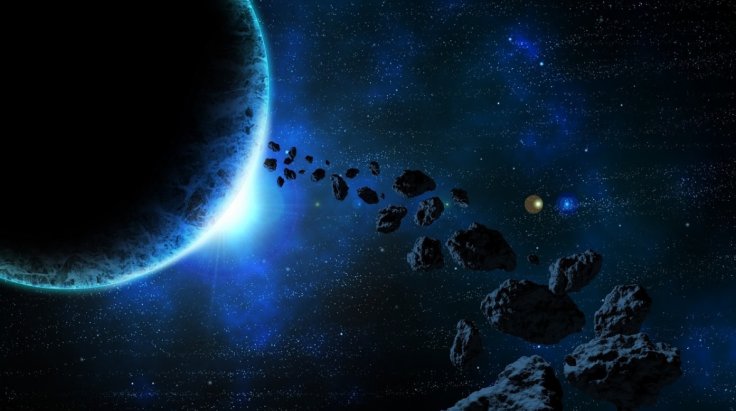NASA, the United States space agency has confirmed that an asteroid named 2018 VP1 is currently in its collision course towards the earth, and it will make its close approach with the blue planet on November 2, 2020.
The Center for Near-Earth Objects Studies (CNEOS) at NASA's Jet Propulsion Laboratory revealed that this space rock was first spotted by astronomers from Palomar Observatory in San Diego County in 2018 followed by a 13-day observation arc and has not been detected since.
More Details About This Incoming Asteroid

Interestingly, this space rock will come close to the earth a day before the presidential elections in the United States. According to experts, during the time of its close approach, this space rock will come as close to between 4,700 miles and 260,000 miles of Earth.
Space experts reveal that the chance of this asteroid entering earth's atmosphere is 1 in 240. Even if this asteroid enters the earth's atmosphere, it will not create any impact on the planet's surface, as it is only around seven feet in diameter.
If this asteroid enters the earth's atmosphere, it will burn up as a tiny meteor. However, sky gazers who use advanced equipment could be able to see the asteroid burning up in the atmosphere, and breaking up into tiny pieces.
Asteroid Impacts Are Not Confined to Past
Even though asteroid 2018 VP1 is not posing any threat to the planet, space scientists strongly believe that possibilities of a future impact could not be ruled out. Top space scientist Dr. Iain McDonald had previously claimed that asteroid hits that wiped out dinosaurs from the surface of the planet are not confined to the past, and it could happen in the future too.
Popular American physicist Neil deGrasse Tyson also shares similar beliefs, and he also agrees that one of the ways in which the world will end might be due to an asteroid hit. As the scare from space looms up, NASA is developing a planetary defense weapon, aimed at deflecting asteroids from its collision course. Through this mission, NASA aims to hit an incoming asteroid using a large spacecraft, so that its collision course trajectory can be changed.









